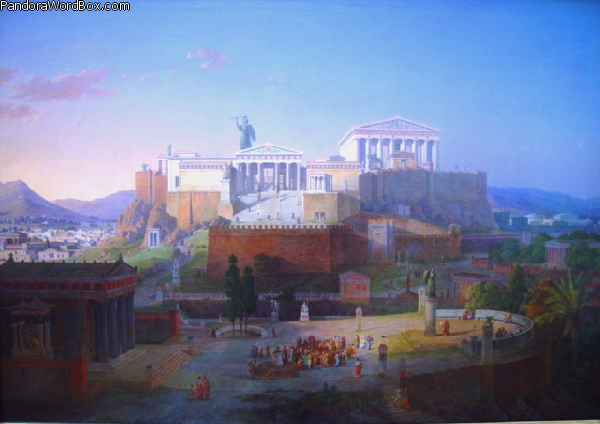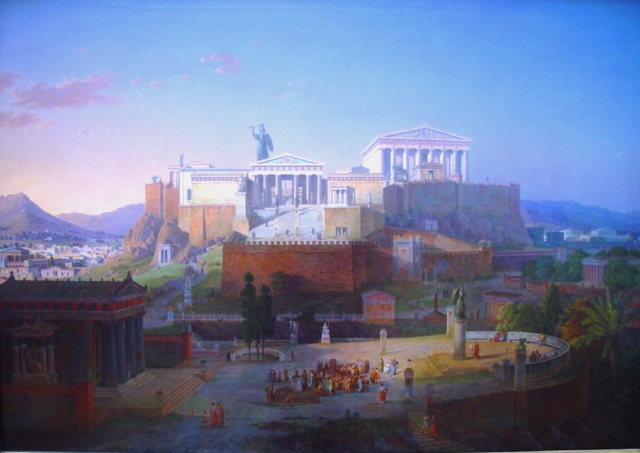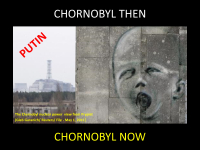Our websites offer information mostly for educational purposes with no intent to alter health care protocols nor to serve as a sole source of medical information.
Always seek the advice of your local health care provider.
|
× UKRAINIAN CHILDREN WITH DISABILITIES HAVE SPECIAL NEEDS |

"Die Akropolis von Athen - Acropolis in Athens " (see details A | B | C) (see related A | B | C | D | E), 1846 Leo von Klenze (1784 - 1864) Neue Pinakothek, Munich, Bavaria, Germany
Idealized depiction of the Athenian acropolis as it probably was soon after its reconstruction between 421-209 BC soon after the Persian invasions were repelled by Pericles (the Athenian fighters included Socrates). The original buildings were destroyed by the Persians and the reconstruction was under the aegis of Pericles and was coordinated by the extraordinary sculptor Phidias and two architects, Ictinus and Callicrates.
"Acropolis" implies "the highest point" and "polis" denotes "city". Generally "acropolis" sites were citadels. The Athenian acropolis was known as "Cecropia" after Cecrops, the first serpent-man like ruler or king of Athens (see a medical interpretation of "serpent-man" like in a companion image)*. The most outstanding building is the Parthenon (as in parthenogenesis, a conception, gestation and birth distinct from usual). Dedicated to Athena (note Athens), Parthenon points to the belief that she was gestated in the body of Zeus and was born by being extracted from his "head". (please note additional comments in companion images). Among several statues of Athena, not the gigantic statue standing behind the Parthenon temple.
*Note: please see the comment concerning the image of Cecrops - as extraordinary as it may seem, the "serpent-man" reference may represent a known human congenital anomaly.
lDEA > IMAGE > WORDS - Greek, Persian, Athena, Athens, Acropolis, Parthenon, parthenogenesis, Pericles, Phidias, Cecrops, serpent, scale, ichthyosis, ...
|









